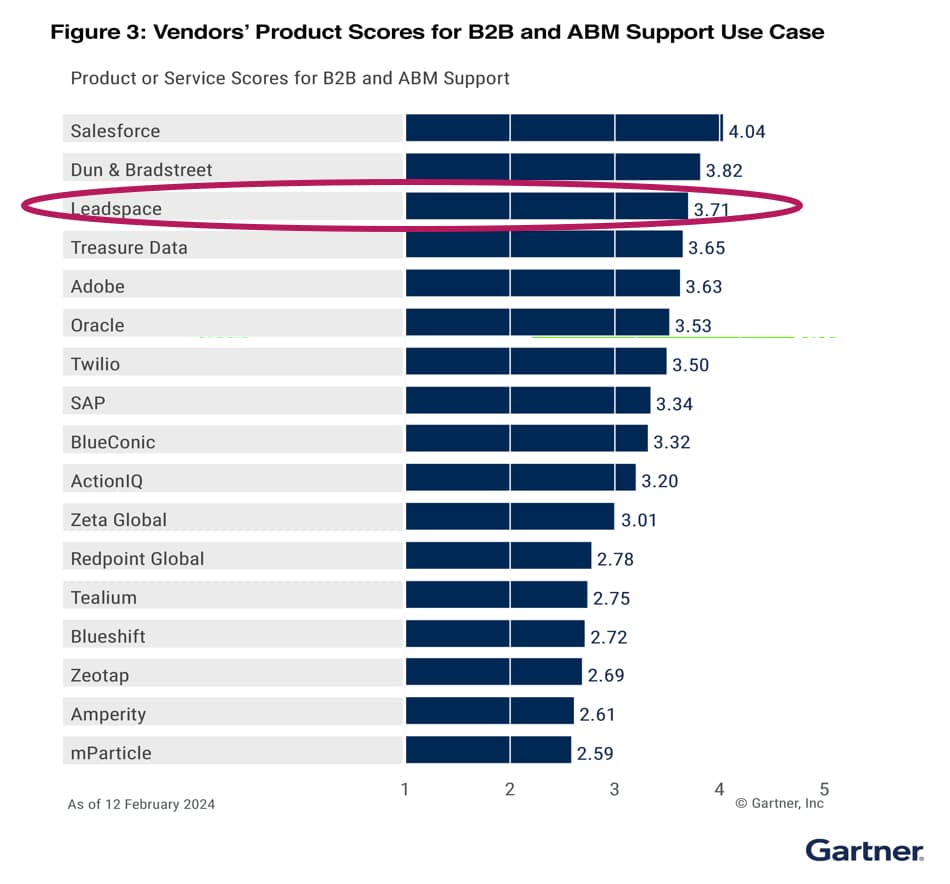If you’re part of a sales or marketing team, then you’re used to leveraging numerous systems full of people, company and account-level data in an attempt to decide where to focus your resources and effort – but how many of you have hierarchies mapped so that you can explore how your profiles for people and companies connect to each other? Can you look at a company’s profile in your system, then click your way through to that company’s global ultimate, subsidiaries, divisions, employees or buying groups? Do you know who people report to? The parent/child relationships in their corporate family? Can you identify who the decision-makers, influencers and end-users are?
Most sales and marketing teams can’t easily determine any of those invaluable insights because they don’t have hierarchies effectively mapped across their TAM within their CRM and marketing automation systems. That’s unfortunate because understanding hierarchies across your buyer data can provide several significant benefits, especially in enhancing business operations, customer relationships and strategic decision-making. Here are 10 business capabilities that are particularly enhanced by having hierarchies mapped across your buyer data:
1. Data Organization & Management: Having hierarchical structures already mapped makes it easier to organize and retrieve customer data, leading to more efficient data management practices, especially as you ingest new data into your systems and apply AI-models. Additionally, analyzing customer data in a hierarchical format simplifies the identification of patterns and trends, aiding in better decision-making and Identity Resolution.
2. Segmentation: Having hierarchical data allows for highly-precise segmentation for advanced buyer targeting with campaigns that can address specific needs and preferences of different buying groups. Additionally, businesses can personalize communication and offers by understanding a person’s position within their organization’s hierarchy, including their buying power, needs and behaviors to increase the odds of customer satisfaction and loyalty.
3. Buyer Behavior Analysis: With hierarchies mapped, it’s easier to understand how different customer segments or even divisions within a company behave and interact with products or services so that you can create signal-based cross sell or upsell strategies. Hierarchical data can also enhance predictive analytics via AI models by providing a structured way to predict future trends in divisions or repeatable approaches like in franchises.
4. Sales & Marketing Strategies: In the B2B world, understanding the hierarchy within a target organization (the organizational structure, decision-makers, influencers, users, etc) enables you to optimize your Account-Based Marketing (ABM) strategies. Having that understanding enables sales teams to prioritize efforts based on a company’s organizational structure, focusing efforts on targeting decision-makers or influencers in a buying group at a high-value account or accounts with the greatest potential for growth (cross-sell / up-sell).
5. Faster Lead-to-Account Matching with fewer routing errors: The ability to react to a lead or inquiry in minutes often depends on understanding which territory the lead should be routed. The most common errors center around the system not knowing that LinkedIn for example is a part of Microsoft. Although that’s an obvious relationship, often entry-level reps or marketers may not be aware of it. These errors can mean the wrong rep gets started on the lead only to find out it’s their colleague’s account.
6. Resource Allocation: Understanding the hierarchical structures of target accounts enables you to identify account penetration strategies with the highest profit potential or those that require more attention, which makes it easier for businesses to efficiently allocate sales and marketing resources. At the same time, by identifying which segments are less valuable, you can cut costs by reducing any excessive resources being wasted on bad accounts.
7. Reporting & Dashboarding: Hierarchical buyer data enables you to create more intuitive and insightful reports and dashboards to facilitate better analysis, monitoring, alerting and decision-making. This boosts your “hammer-down” capabilities as leadership and stakeholders are better equipped to explore data at higher scale with more details – enabling them to hone-in and tackle precise problems or opportunities.
8. Customer Relationship Management: Hierarchies help in mapping relationships between different customers, such as corporate families, global ultimates, domestic ultimates, subsidiary ultimates, and employees, which can be critical for CRM strategies. Understanding organizations’ hierarchies also aids in managing the customer lifecycle – from acquisition and onboarding to retention and loyalty programs.
9. Customer Experience: Understanding the people in your TAM and where they live within their organization’s structure makes it much easier to provide a seamless and consistent customer experience across different channels and touchpoints. Having those hierarchies makes it easier to map, track and evaluate customer journeys more accurately so that you can identify key touchpoints and potential areas for improvement.
10. Regulatory Compliance and Risk Management: Having a company’s hierarchical data makes it easier to track and manage compliance with regulations, especially those related to customer data security and privacy. Understanding if a division is located in the EU for example can change the outreach strategy from local to corporate or vice versa. Being able to identify and mitigate risks associated with customer interactions and transactions is an invaluable capability.
Simply put, if sales and marketing teams want to optimize their effectiveness, then they need hierarchy mapping – but how do they achieve such a complex connection across all that variably-sourced, disparate, incomplete and outdated buyer data that’s full of errors and duplicates? The quickest and most reasonable first step to achieving hierarchy mapping is by leveraging a Market Automation Pack for Corporate Families, and integrating it directly into your CRM or marketing automation system. With Leadspace’s Corporate Families MAP you can automatically clean up, dedupe, unify, update, map and explore the company and account data that exists across your disparate systems into your CRM platform. For more information about using the Corporate Families MAP to clean up your CRM and apply hierarchies, check out the webinar, Introducing Market Activation Packs: Fast Fix for Unproductive CRMs, by Marge Breya (President, Leadspace). And if you have any questions, please Contact Us.




